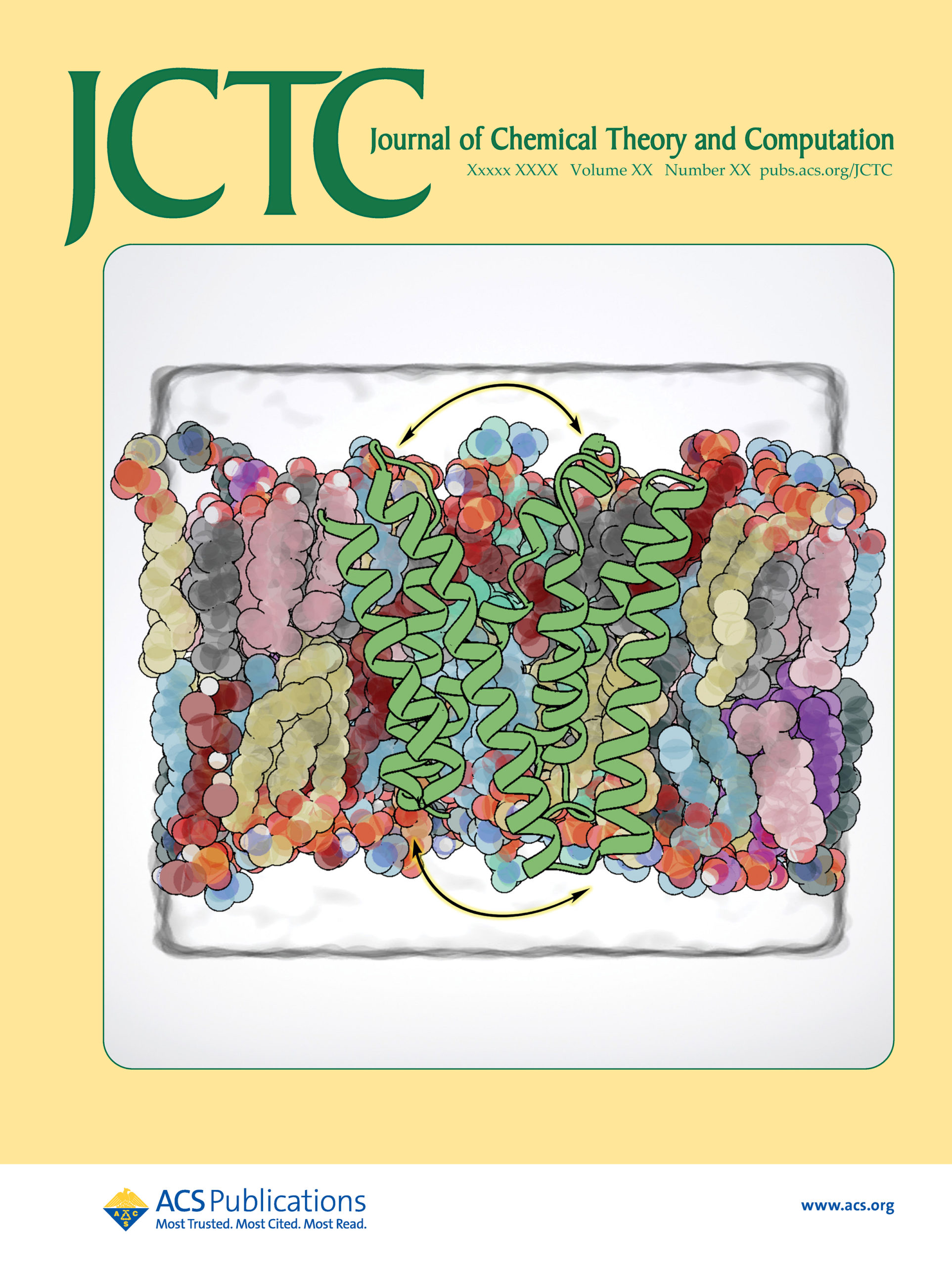Impact of increased membrane realism on conformational sampling of proteins

BibTeX
The realism and accuracy of lipid bilayer simulations through molecular dynamics (MD) are heavily dependent on the lipid composition. While the field is pushing toward implementing more heterogeneous and realistic membrane compositions, a lack of high-resolution lipidomic data prevents some membrane protein systems from being modeled with the highest level of realism. Given the additional diversity of real-world cellular membranes and protein–lipid interactions, it is still not fully understood how altering membrane complexity affects modeled membrane protein functions or if it matters over long-timescale simulations. This is especially true for organisms whose membrane environments have little to no computational study, such as the plant plasma membrane. Tackling these issues in tandem, a generalized, realistic, and asymmetric plant plasma membrane with more than 10 different lipid species is constructed herein. Classical MD simulations of pure membrane constructs were performed to evaluate how altering the compositional complexity of the membrane impacted the plant membrane properties. The apo form of a plant sugar transporter, OsSWEET2b, was inserted into membrane models where lipid diversity was calculated in either a size-dependent or size-independent manner. An adaptive sampling simulation regime validated by Markov-state models was performed to capture the gating dynamics of OsSWEET2b in each of these membrane constructs. In comparison to previous OsSWEET2b simulations performed in a pure POPC bilayer, we confirm that simulations performed within a native-like membrane composition alter the stabilization of apo OsSWEET2b conformational states by ∼1 kcal/mol. The free-energy barriers of intermediate conformational states decrease when realistic membrane complexity is simplified, albeit roughly within sampling error, suggesting that protein-specific responses to membranes differ due to altered packing caused by compositional fluctuations. This work serves as a case study where a more realistic bilayer composition makes unbiased conformational sampling easier to achieve than with simplified bilayers.

